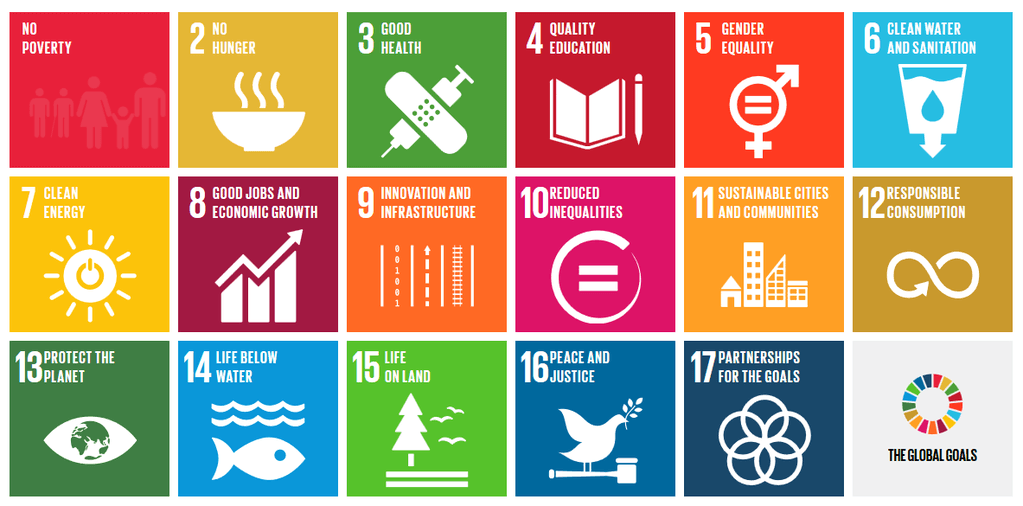Targets for impact investments
Doing good not only with the earnings but already with the capital investment: Foundations are oriented towards increasing their social impact and using charitable funds for a good cause. In times of low interest rates, it is often difficult to achieve social impulses only with income generated by the capital. One way to achieve the goals of the foundation and at the same time act economically is impact investing, the use of the capital investment itself to achieve the foundation’s goals.
This impact-oriented investment is designed in such a way that the financial investment is regained and possibly even invested profitably. In doing so, one invests exclusively in companies and projects with which the foundation’s goals are achieved or at least sustainably supported.
Efficiency of social investments
The classic capital investment is designed solely for profit. The donation supports social change. Impact Investments combine these two branches and initiate social change without giving up the capital approach. This is particularly beneficial for foundations that want to use their funds in accordance with their statutes.
Those who invest the foundation capital in an impact-oriented manner do not run the risk of investing in funds that indirectly torpedo the goals of the foundation. This can be the case, for example, if companies are supported which do not act in accordance with the foundation’s objectives. While “ethical investments” only exclude companies that harm the environment or people, impact investing makes the impact target a strategy and the investment is geared towards it. Social success is regularly measured on the basis of the defined goals.
Amount of social investment
It is particularly important for foundations not to invest in risky projects. The foundation capital must not be put at risk. Start-up companies and new product ideas are therefore not ideal for putting the money to work. For this reason, many small foundations shy away from social investments. In fact, the above-mentioned areas of application are more suitable for financially strong partners with untied capital. But there are also impact investments that get by with a small financial investment. The dividends of impact-oriented investments – even with low risk – usually exceed the interest on credit balances at the bank. Reserves can grow. This is independent of whether you deposit 400, 4000 or 400,000 euros. The profit flows regularly.
Opportunities for impact-oriented investments
There are several options for the effects-oriented form of investment. One is direct investment in companies dedicated to the foundation’s objectives, such as environmental protection, social change or education. However, small foundations often have neither the experience nor the manpower to provide expert advice on direct investment.
Special impact investing funds are the simpler option here. They are managed by fund managers who know their way around and provide regular reports. Bonds for social or environmentally friendly actions and projects are another way of investing. The interest-bearing securities provide a financial return, while the money is used for foundation-related purposes. Small foundations can also invest in material assets such as real estate, for example with a view to energy efficiency or usage. Here, too, it is important to relate the investment to the foundation’s objectives.
Foundation assets and funding
It is obvious that the foundation statutes and the laws governing foundations and non-profit organizations must also be observed for impact-oriented investments. High financial risks are thus excluded and the foundation’s goals must be achievable with the existing assets despite the investment. In principle, impact-oriented investments are possible with the assets of the foundation and with subsidies, taking into account the investment guidelines. Those responsible should check the investment guidelines and have them revised if necessary.
The supervisory authorities should also be informed about the form of investment before the start. At best, an expert should be consulted, because there are some details to be considered. For example, investments from subsidies should only be made to non-profit organisations.
The 17 goals of the United Nations for sustainable development
In view of the numerous possibilities for impact-oriented capital investment, foundations today find it easy to find a suitable project. The subject area to be chosen naturally depends on the foundation’s objectives. At the UN General Assembly, 17 goals were set which are also relevant for impact investing. They range from sustainable agriculture, education and health to poverty reduction and water supply. The goals in detail:
- Eradicate poverty
- food security
- Enabling healthy living
- Promoting education for all
- Achieving gender equality
- Ensuring water and sanitation
- Creating access to affordable, reliable energy
- Promoting decent work for all
- Supporting sustainable industrialisation
- reduce inequality
- Sustainable and safe cities and settlements
- Ensuring sustainable consumption and production methods
- Combating climate change and its effects
- Sustainable use of the oceans
- Protecting terrestrial ecosystems
- Building peace, justice and strong institutions
- Strengthening the Global Partnership
Measurement of impact investments
Just as important as the choice of investment project is the measurement of the effectiveness of social investments. Financially, this is quite simple. Social effectiveness, on the other hand, is not easy to verify with figures. In order to create the preconditions for proof of impact, the key points must first be defined. This is usually done with an impact ladder. What has to be achieved, when, with whom, in order to achieve what effect? In the basics, this could be, for example, reaching the target group and carrying out actions according to plan. Only then is the intended effect outlined. In social projects, for example, this is about changing the awareness of a problem, changing the target group’s actions, improving life situations and changing society.
Of course, the impact target and the investment must be in a healthy relationship and the indicators for measurement must be realistic. Unfortunately, it is not always possible to measure everything accurately, especially since changes take time and impact investments have a very long-term effect. Nevertheless, it is possible to carry out analyses that the foundation can use as a guide.
Guidelines for the selection of the impact investment project
First and foremost, the foundation’s goals are decisive for the right project for direct investment. In addition, those responsible can orientate themselves on a few points when making their selection. For example, it is important that the project is tried and tested in practice and that it reaches the target group. Only if the target group feels addressed, an effect can be achieved. If the planned action steps are based on experience, success is more likely. In addition, a high level of competence at management level and a clear structure in the process are good indicators for promising projects. Financing concepts and control mechanisms should not be missing either. Transparency and public relations support the project and contribute to good results and acceptance.
With the Social Impact Bond, public administration, social service providers and investors form a community. In other words, the foundation provides a social impact credit, the framework conditions of which are defined in advance. Those responsible must check whether the investment is compatible with the foundation’s investment guidelines. The results of the project are assessed by an expert.
Green bonds, which are of interest to foundations in the environmental sector, are marketed in Germany by the Kreditanstalt für Wiederaufbau, for example. Green bonds are similar in handling to normal government bonds or corporate bonds. However, green bonds should meet the voluntary standard of the Green Bond Principles (GBP). Here, responsible persons can inquire whether compliance is disclosed, although proof is not mandatory. Anyone who wants to invest in classic funds and is not familiar with them should ask an expert for advice who has an eye on current opportunities and providers.

